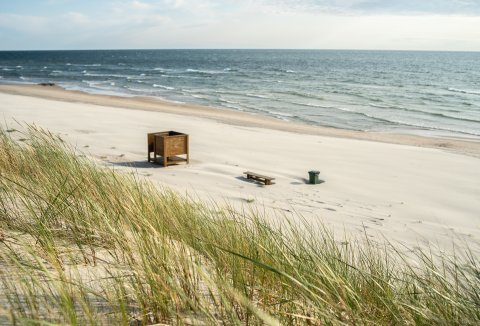Rent a car at Wroclaw Airport
As one of the largest Polish cities, Wrocław is perfectly connected with the rest of Poland and neighboring countries. The airport handles domestic and international flights, and the trains of local, national and international carriers stop at the Wrocław Główny station.
The city is also favored by a good network of express roads - the A4 motorway, which is part of the European E40 route, crossing the south of Poland from west to east, the S8 expressway, thanks to which the travel time to the capital has been shortened to about 3.5 hours, the S5 connecting Wrocław with Poznań and finally the S3 running from Lower Silesia to Western Pomerania are all within 10-20 minutes drive.
The Market Square
A must-see spot on the map of all tours. The Wrocław Market Square is one of the largest medieval markets in Europe. Its boundaries were marked out in the 13th century - along with the adjacent Pl. Solny (Salt Plaza) and Nowy Targ it was the main place for trading.
There are as many as 11 streets leading to the Market Square, and the square itself has nearly 40,000 sqm. In the middle of it you will find the gothic Old Town Hall, which today houses a museum; in turn, the city authorities are based in the New Town Hall.
The founders of the colorful tenement houses surrounding the square were wealthy Wrocław townspeople - thanks to them, Kamienica pod Gryfami or Kamienica pod Elektorami were built among others. In their cellars and on the ground floors you will encounter famous Wrocław pubs and restaurants, including one of the oldest in Poland, namely Piwnica Świdnicka founded in 1273.
Ostrów Tumski
Ostrów Tumski is one of the oldest parts of Wrocław - it is here that you will find the most beautiful religious buildings of the city: the 13th-century Gothic cathedral of John the Baptist, the Church of St. Cross or the Church of St. Martin. There is also a beautiful botanical garden of the University of Wrocław, where many specimens of flora from around the world have been collected.
Until the nineteenth century, this area was an island, but after filling one of the arms of the Odra River, it became part of the mainland. Also, until the 19th century, Ostrów Tumski was purely religious in character. Today, the sacred is intertwined with the profane, but time still flows a bit slower here than in other parts of the city, and the gas lanterns are lit by a lighter.
Wrocław bridges
In a city with over 130 bridges, choosing the few most beautiful and interesting ones is extremely difficult. Nevertheless, in our list, we will mention the three most characteristic ones.
The Tumski Bridge connects Ostrów Tumski described above with the Sand Island and is undoubtedly the favorite place of all lovers - it is here that they leave padlocks as a sign of their eternal love for each other. As it connected the secular part of the city with the church part, there are statues of St. John the Baptist and St. Jadwiga. The current steel bridge was built in 1889, previously there were drawbridges here.
The characteristic red balustrades can be found on the Sand Bridge. It is the oldest iron bridge in Wrocław, opened in 1861. The Piaskowy Bridge connects the northern and central parts of the city. Its name comes from the Sand Island.
The last bridge that must be mentioned is the Grunwaldzki Bridge. Built at the beginning of the 20th century from Strzegom granite and Karkonosze granite, it changed its name very often - initially it was the Imperial Bridge, then the Liberty Bridge, and finally it became the Grunwald Bridge for longer. At the time of construction, it was one of the most modern crossings, using the technology of steel tapes supporting the span. Today, after numerous renovations, the Grunwaldzki Bridge has regained its former glory.







